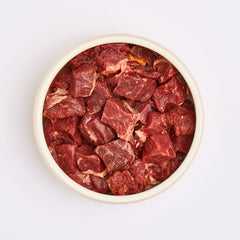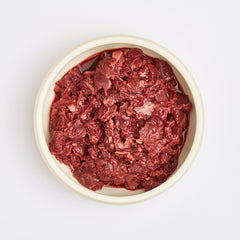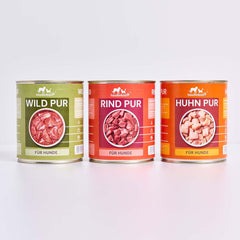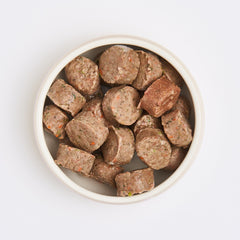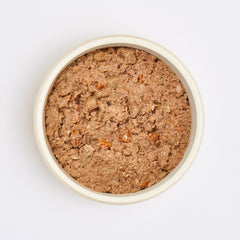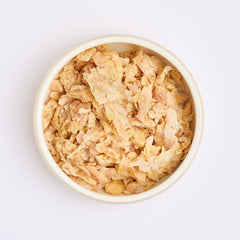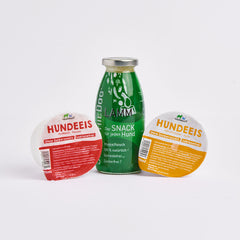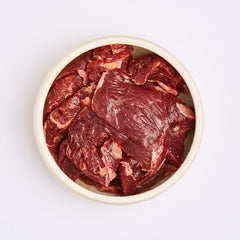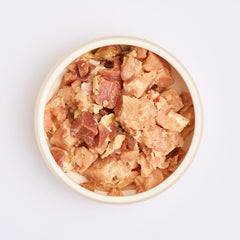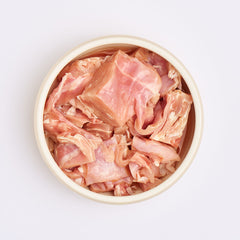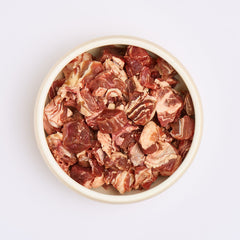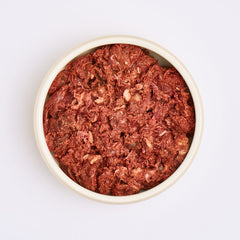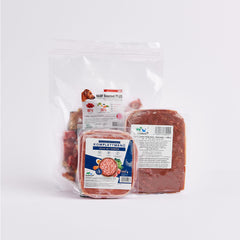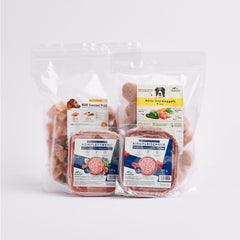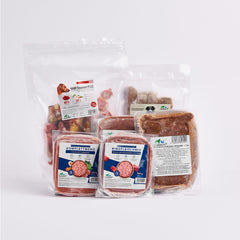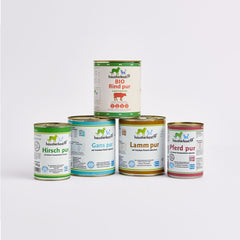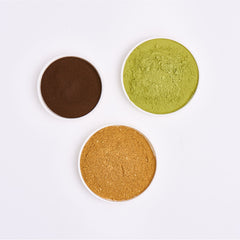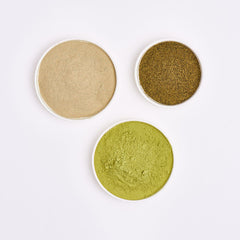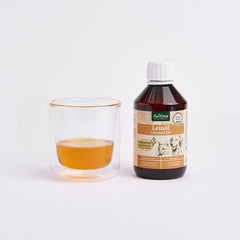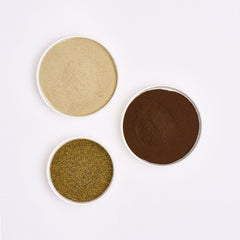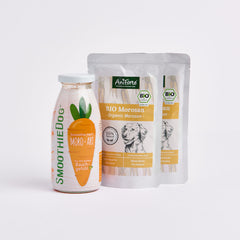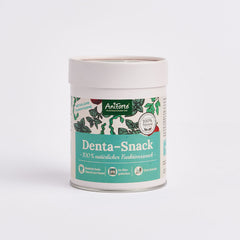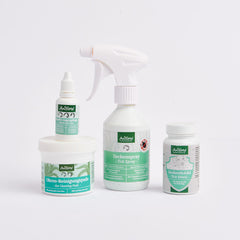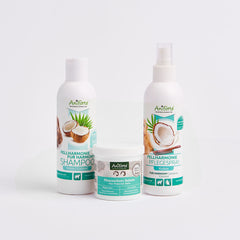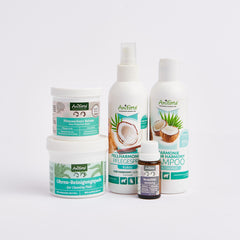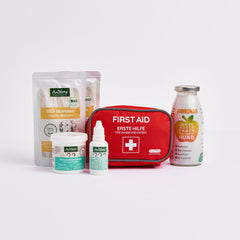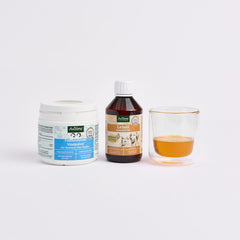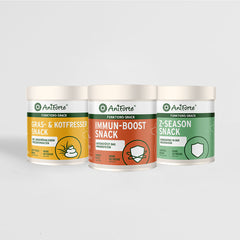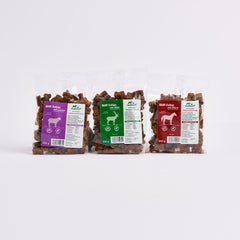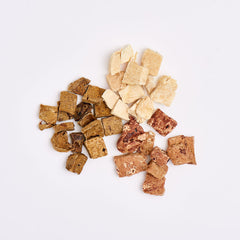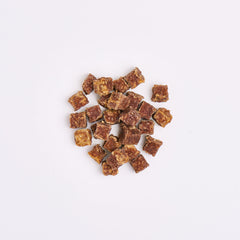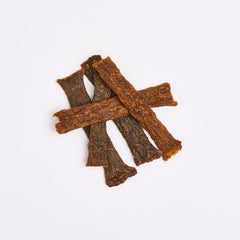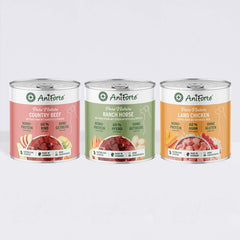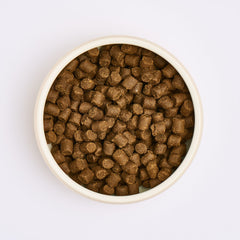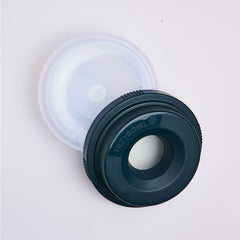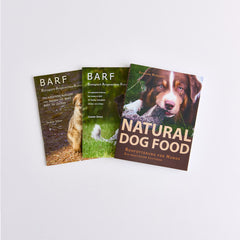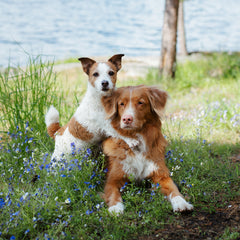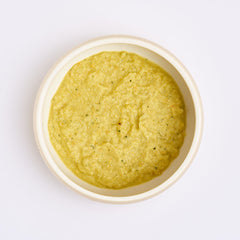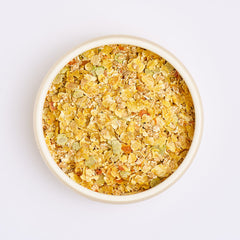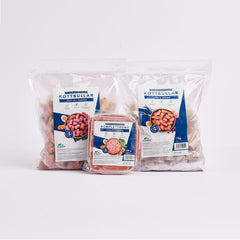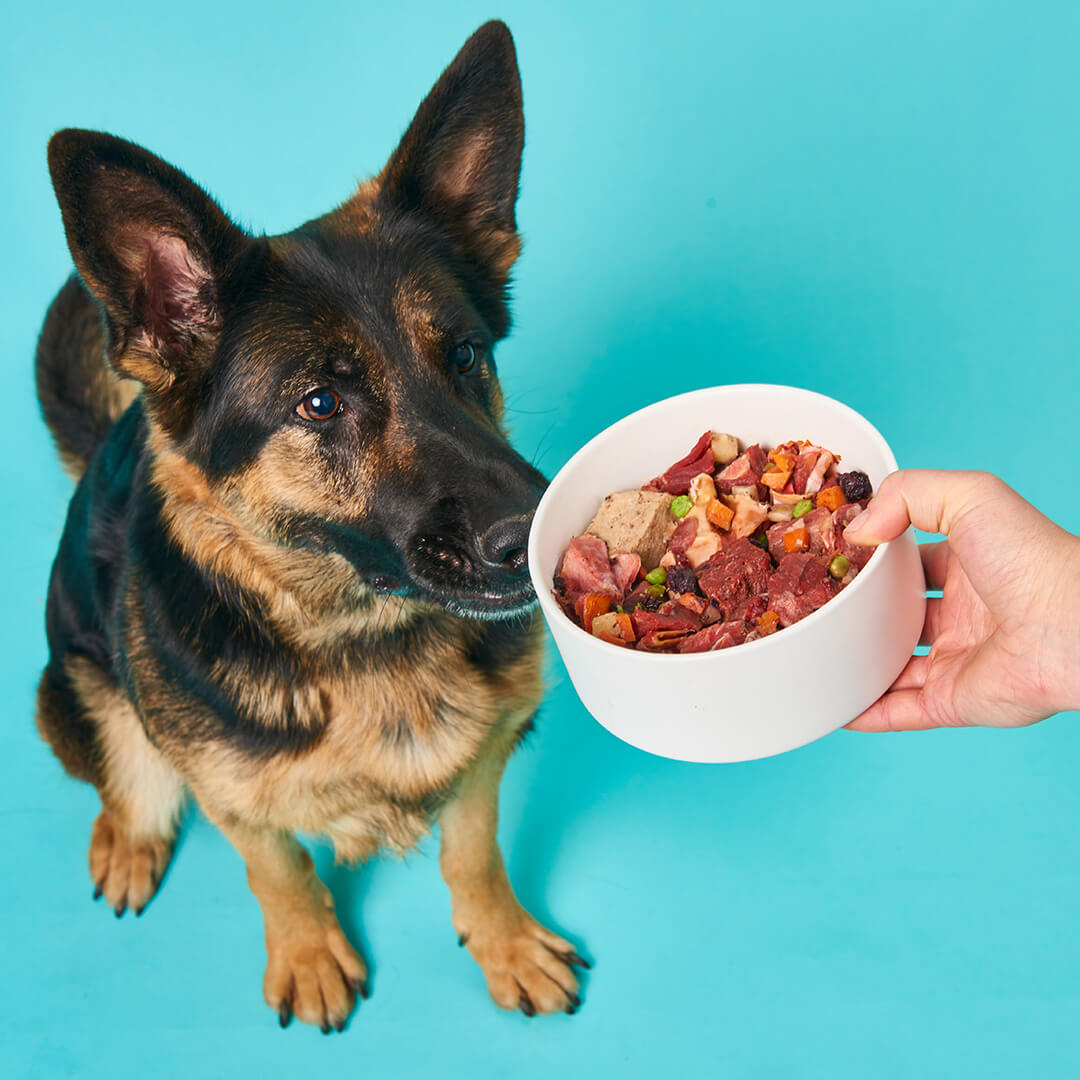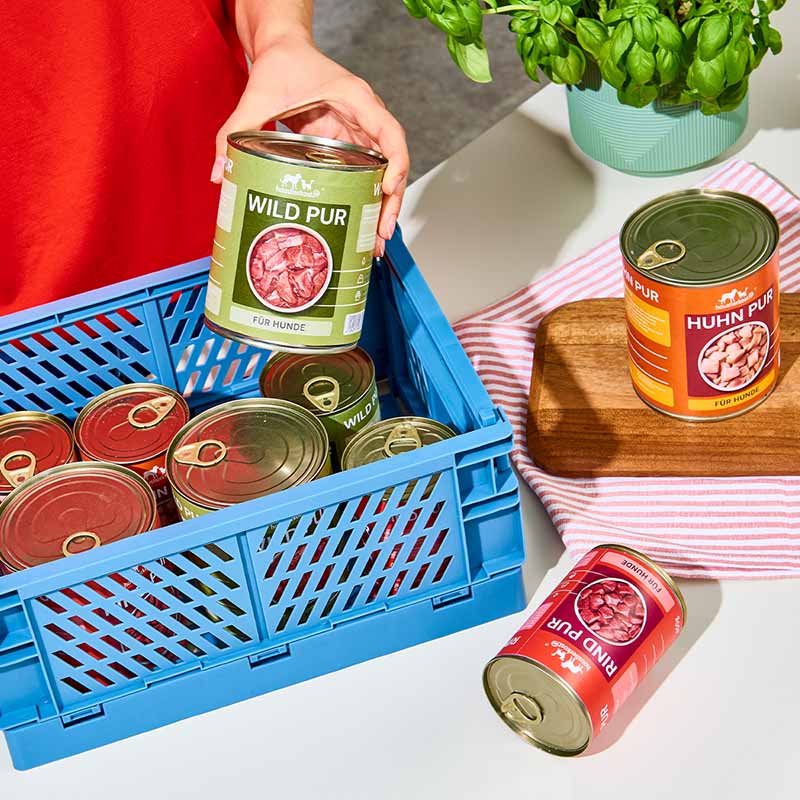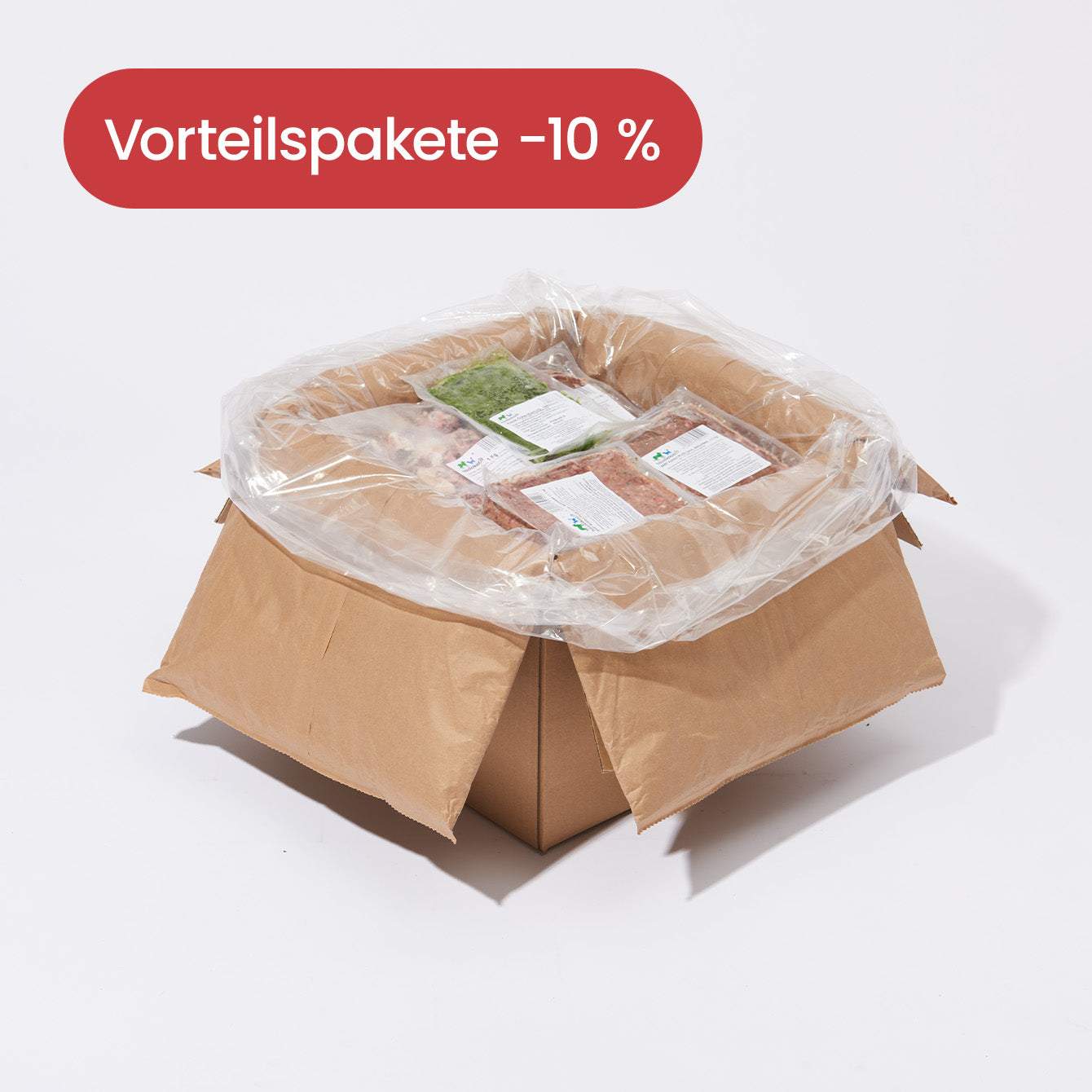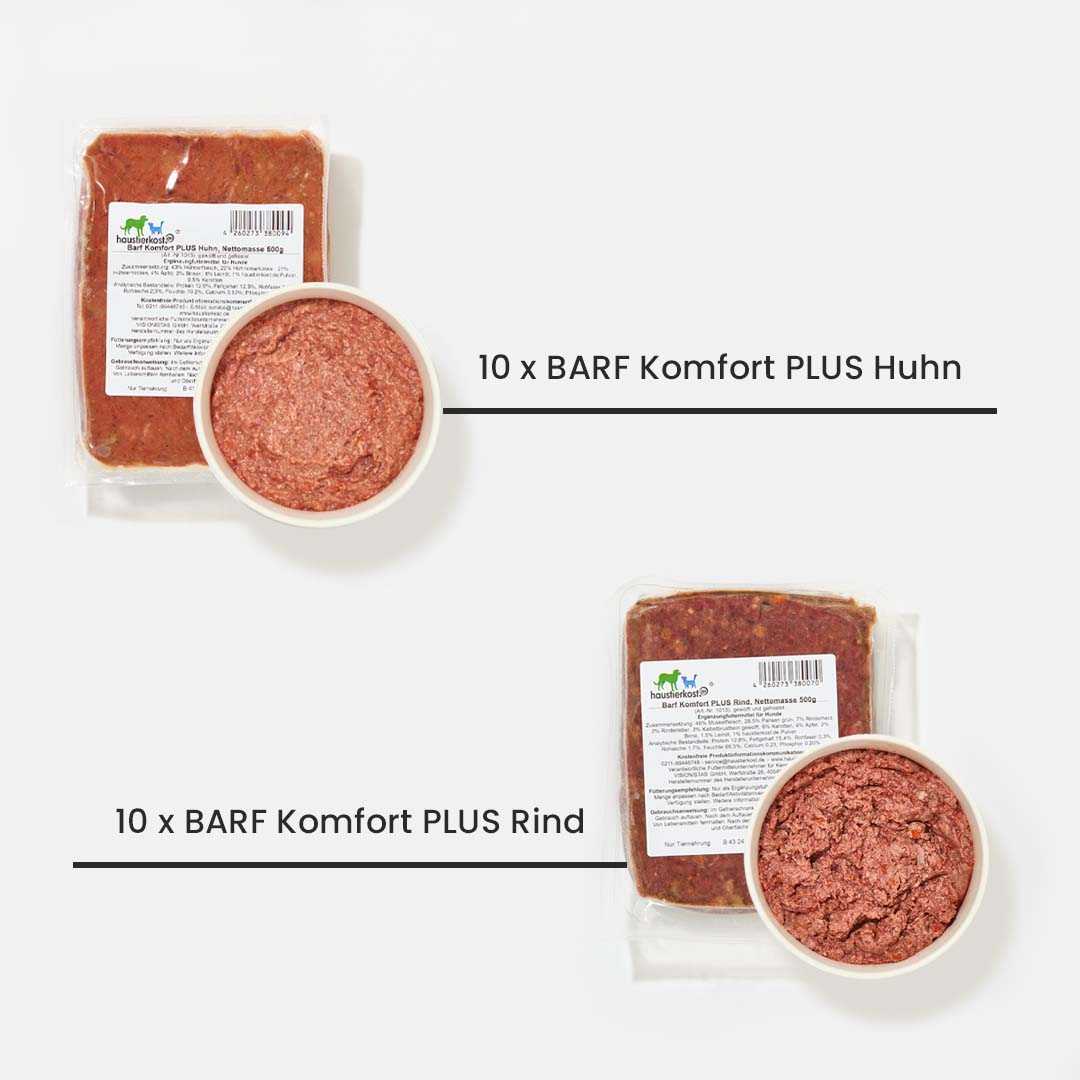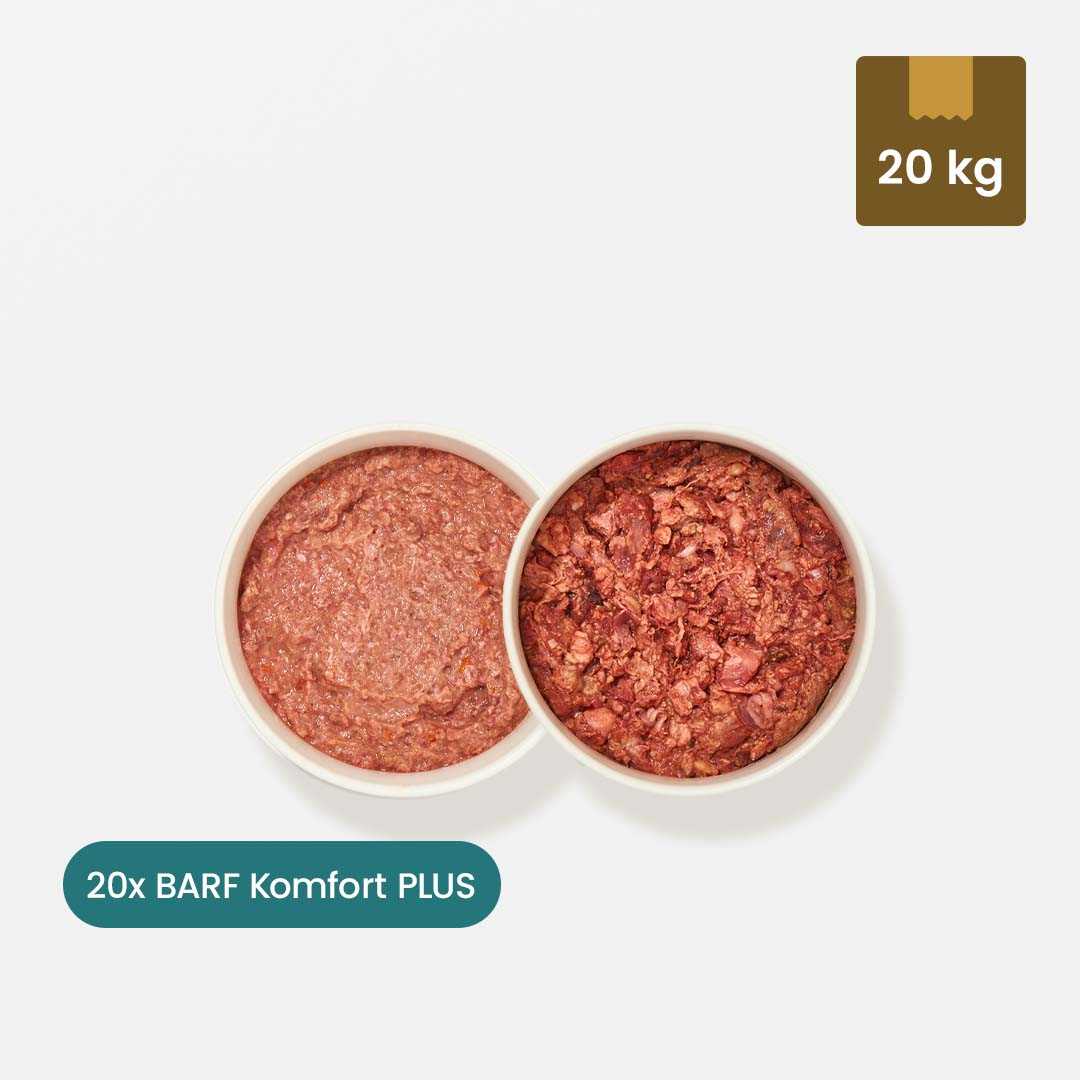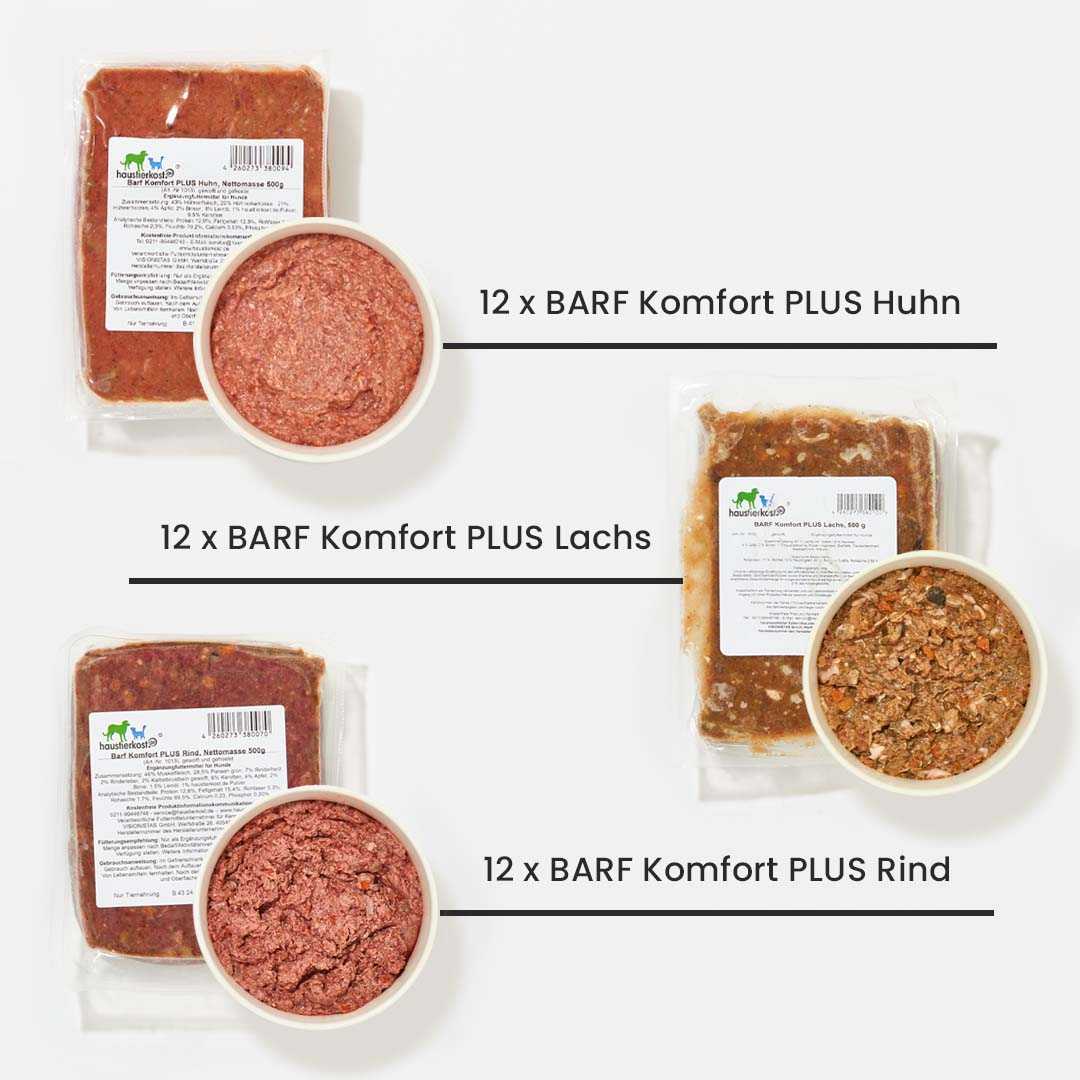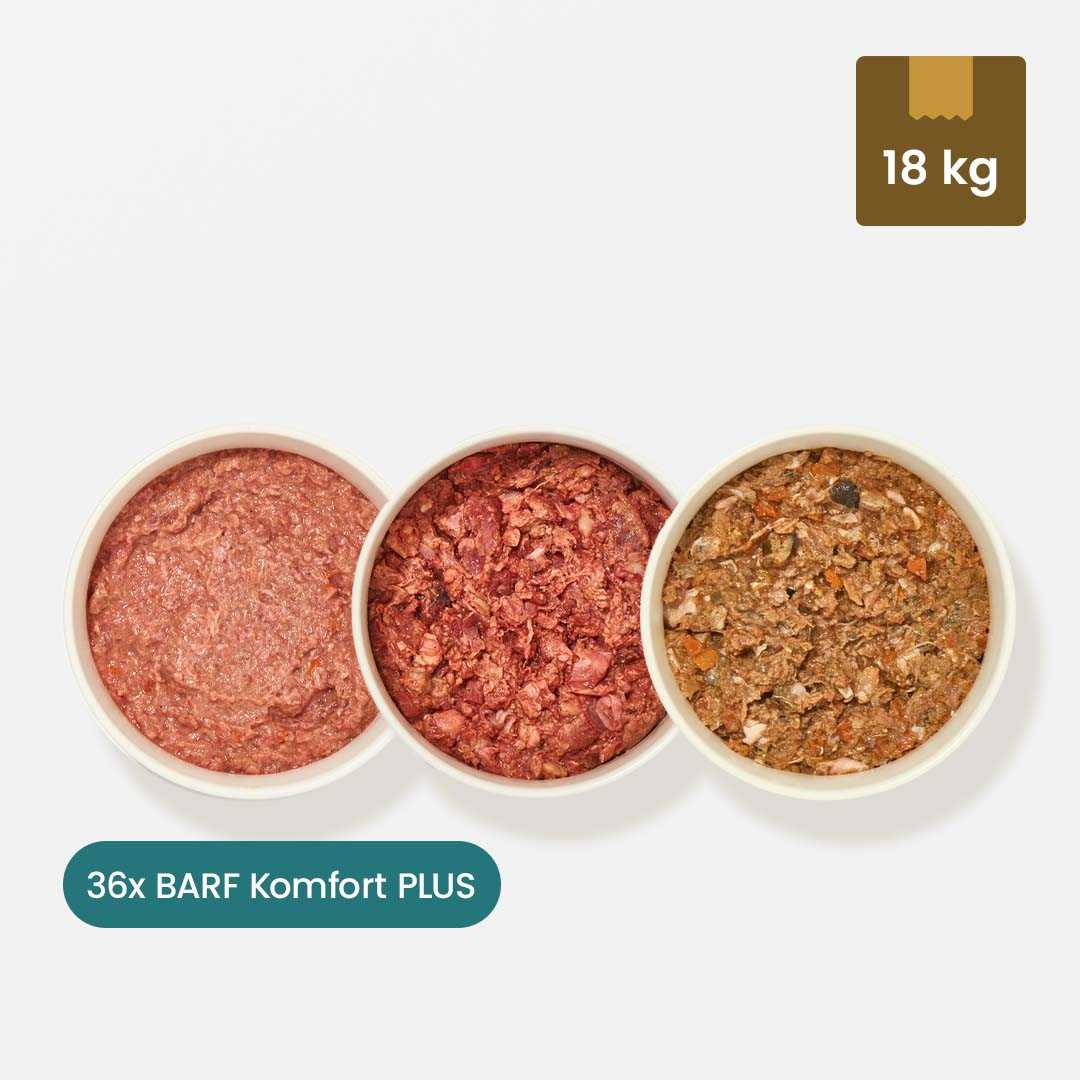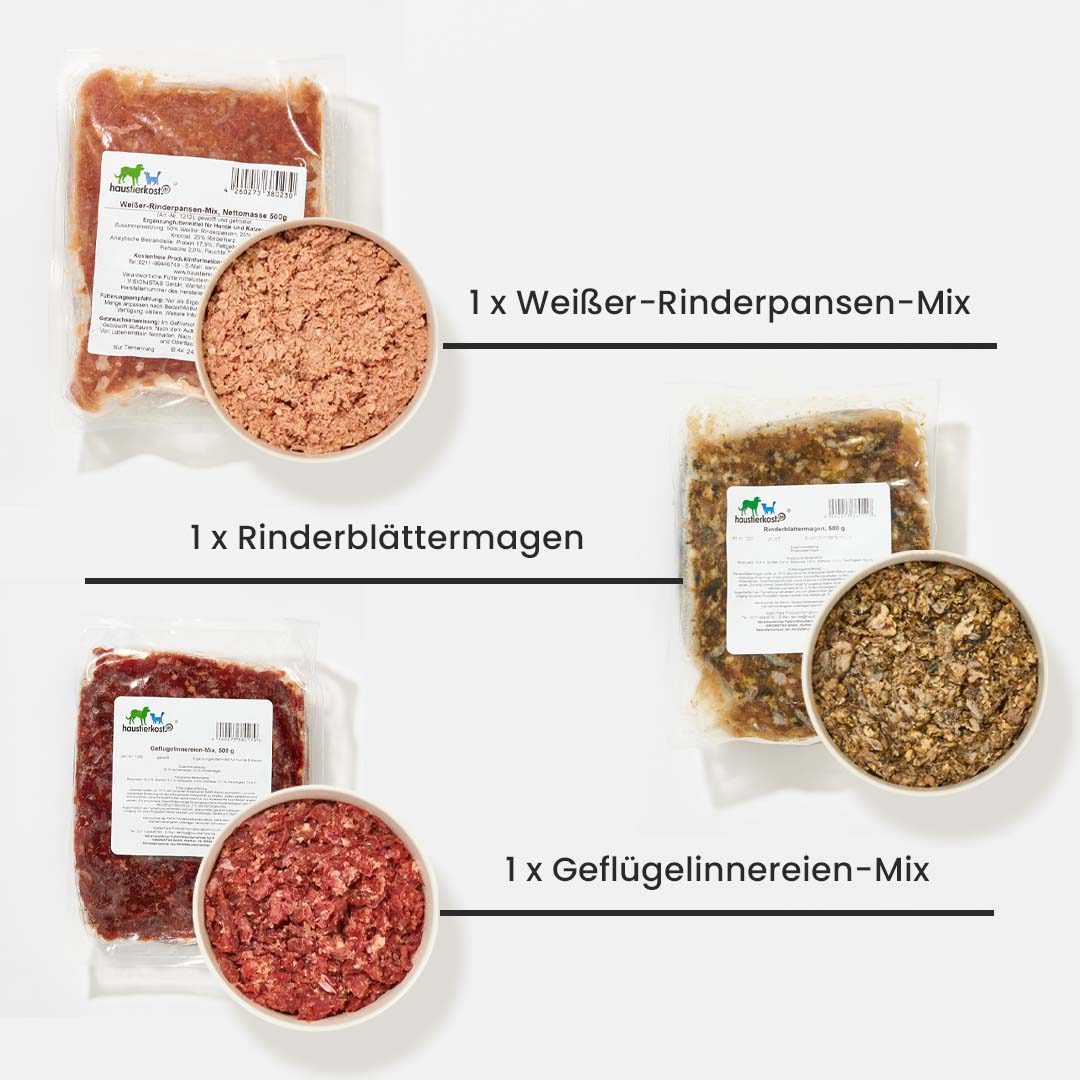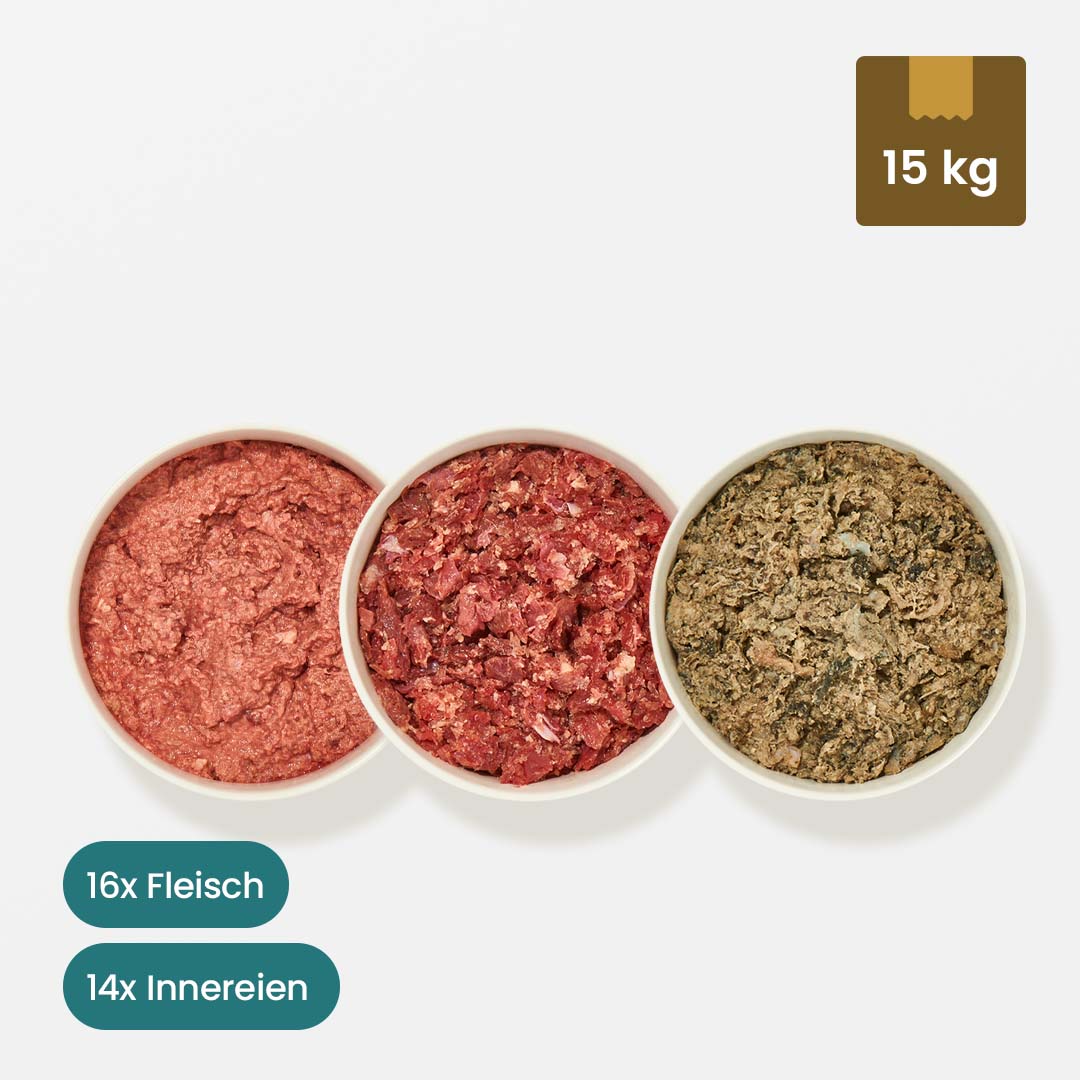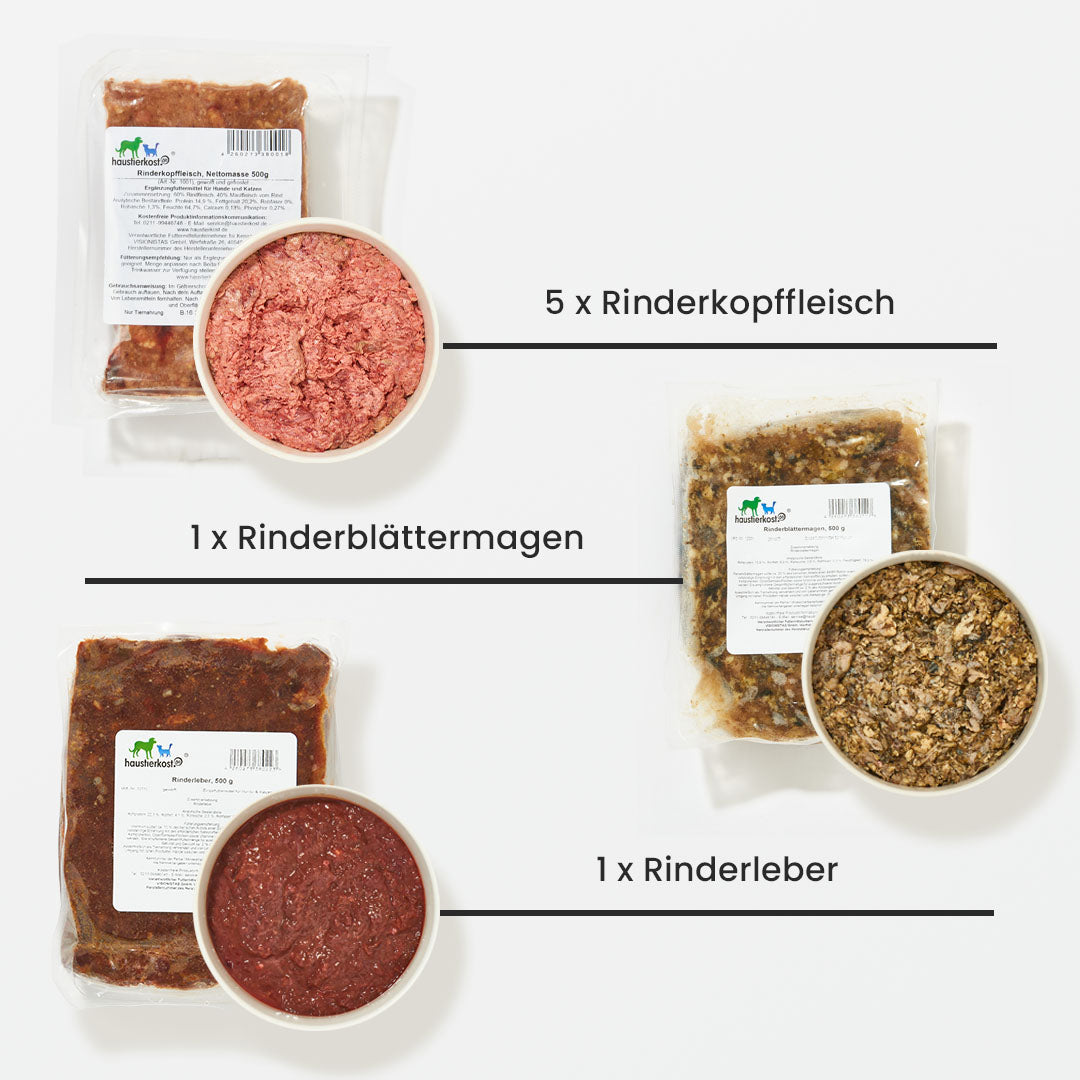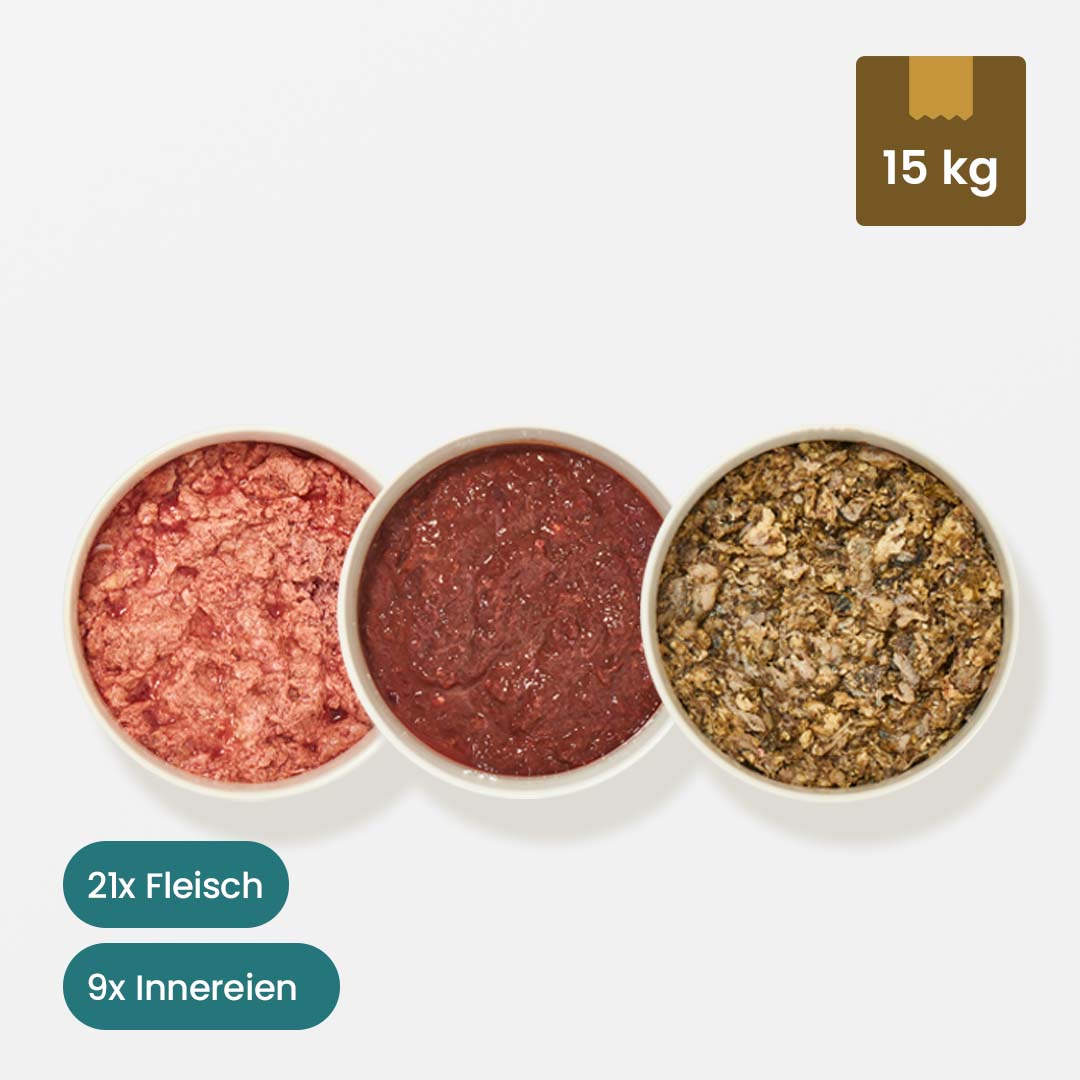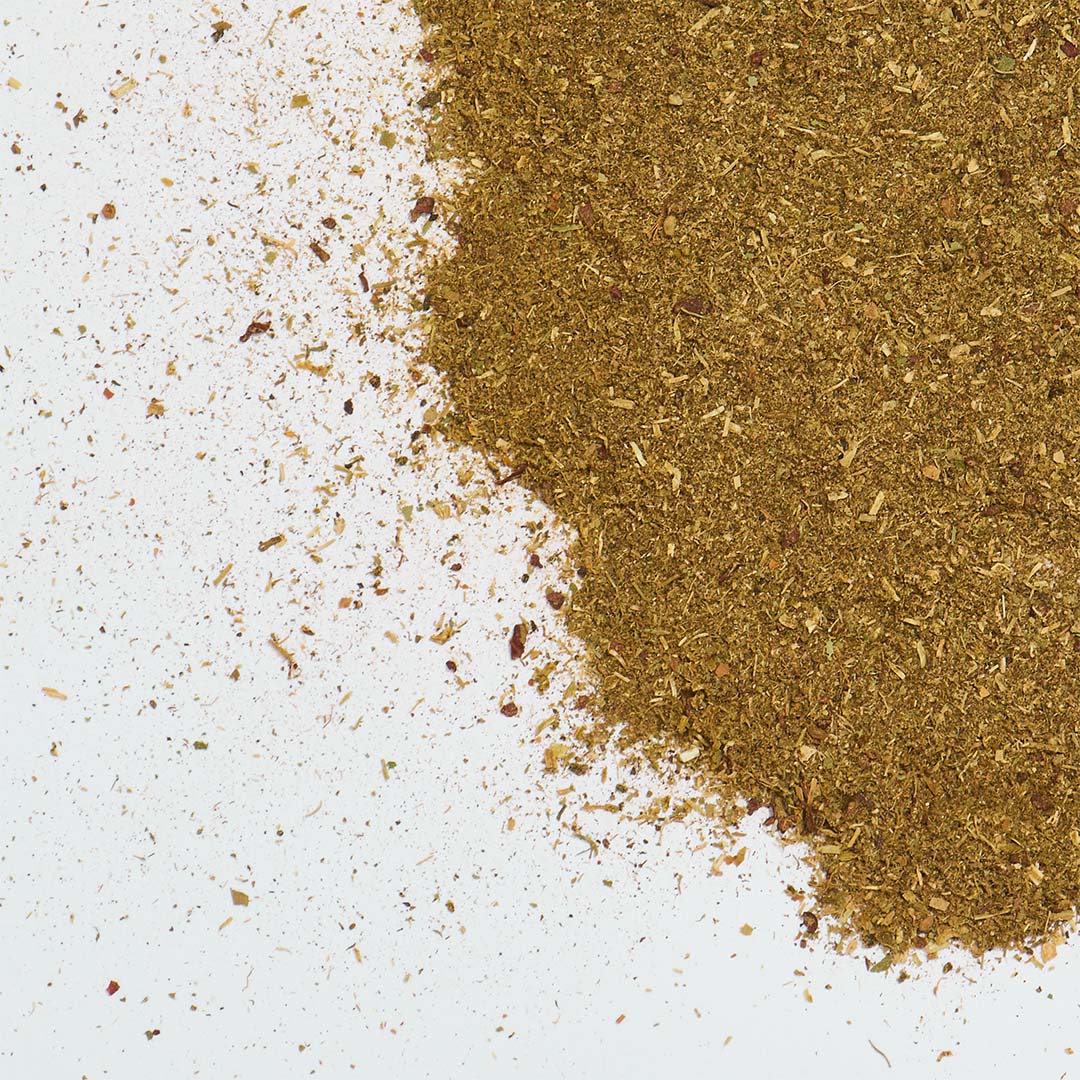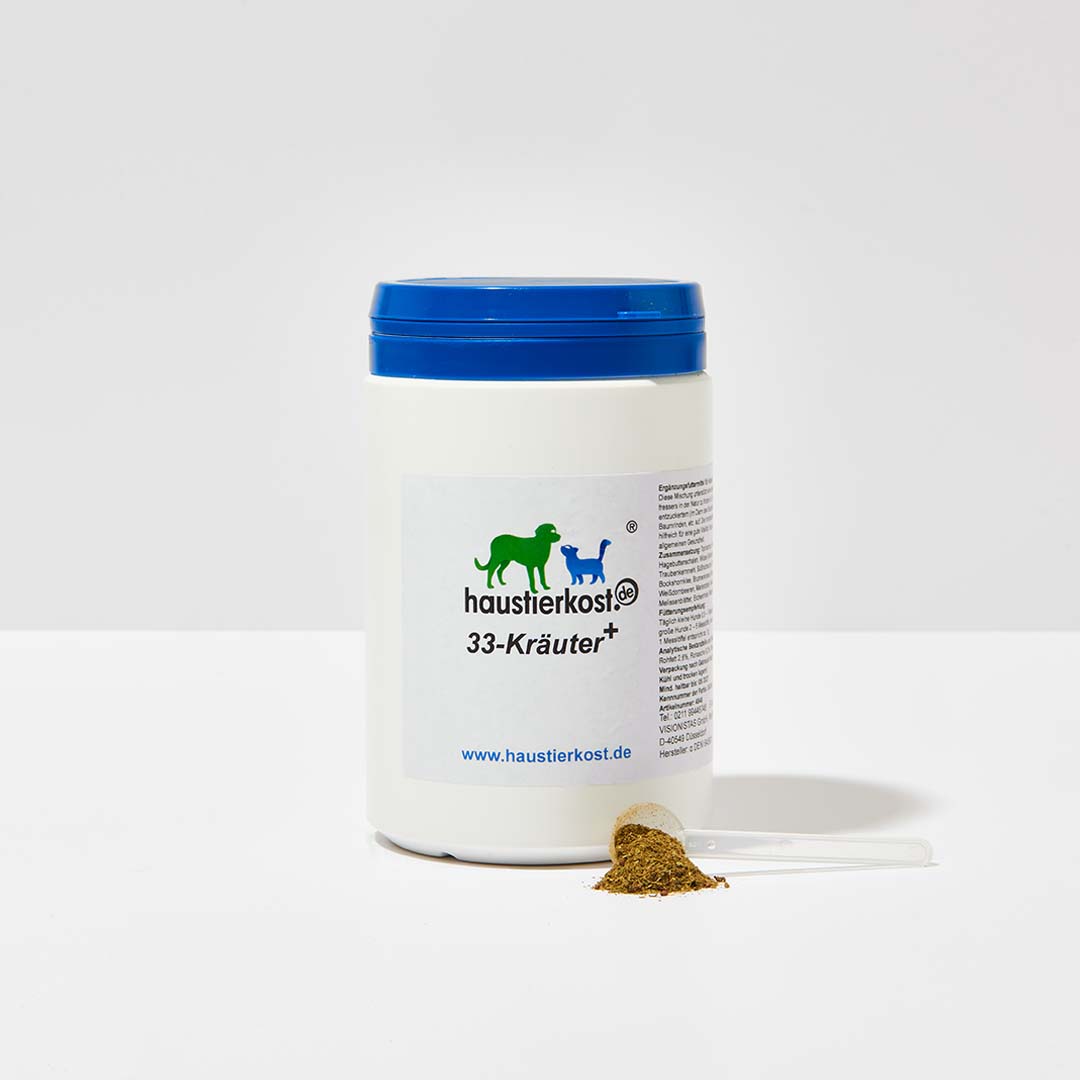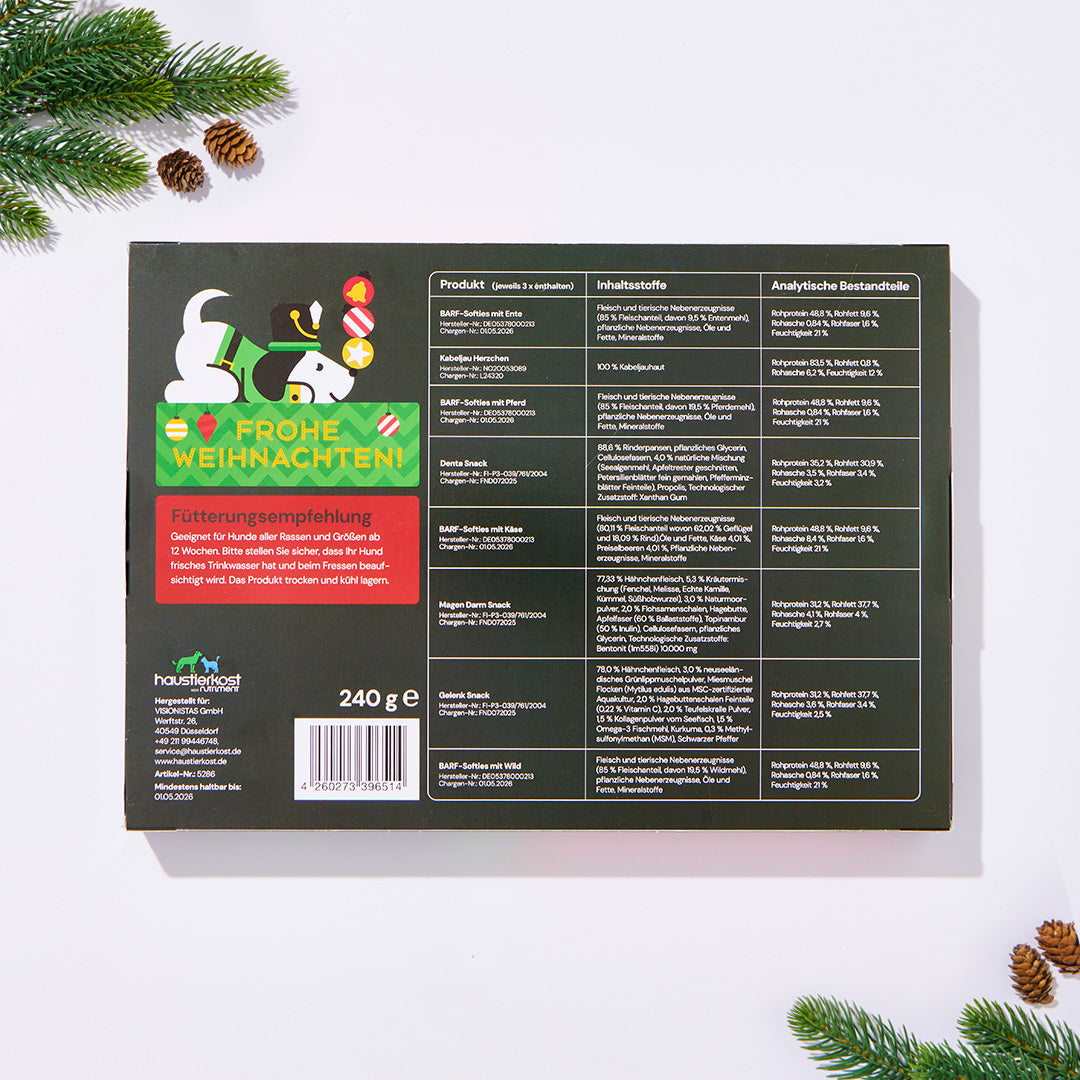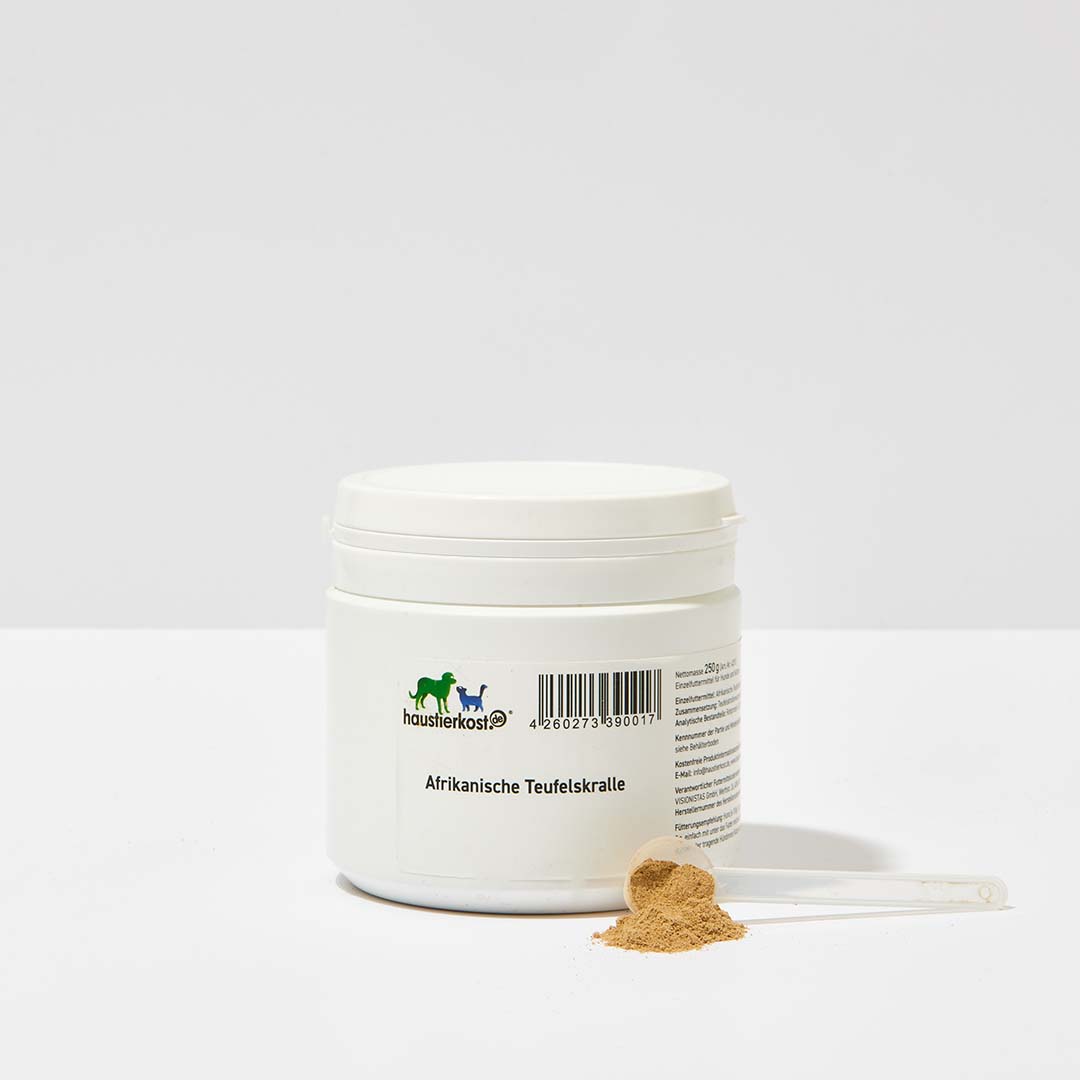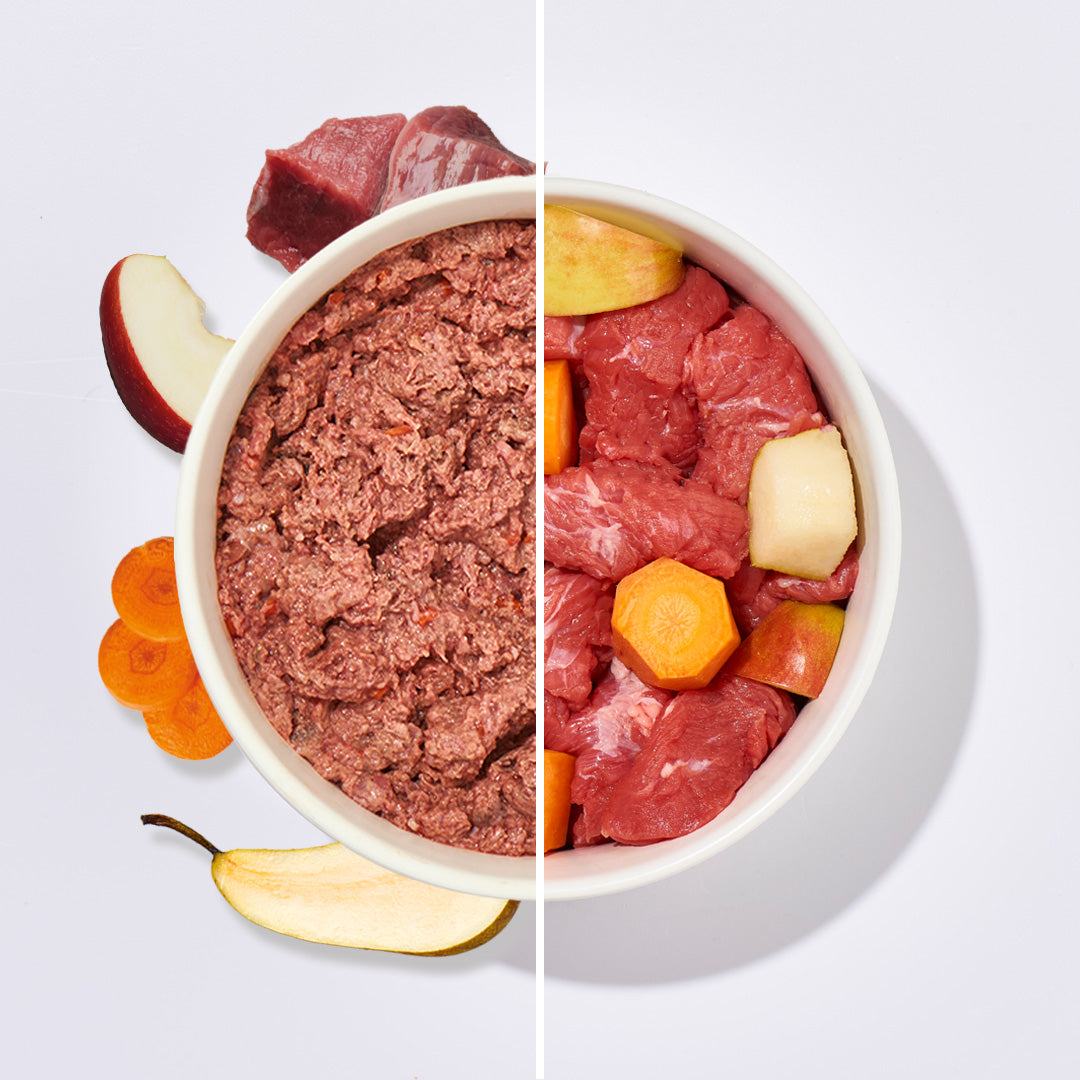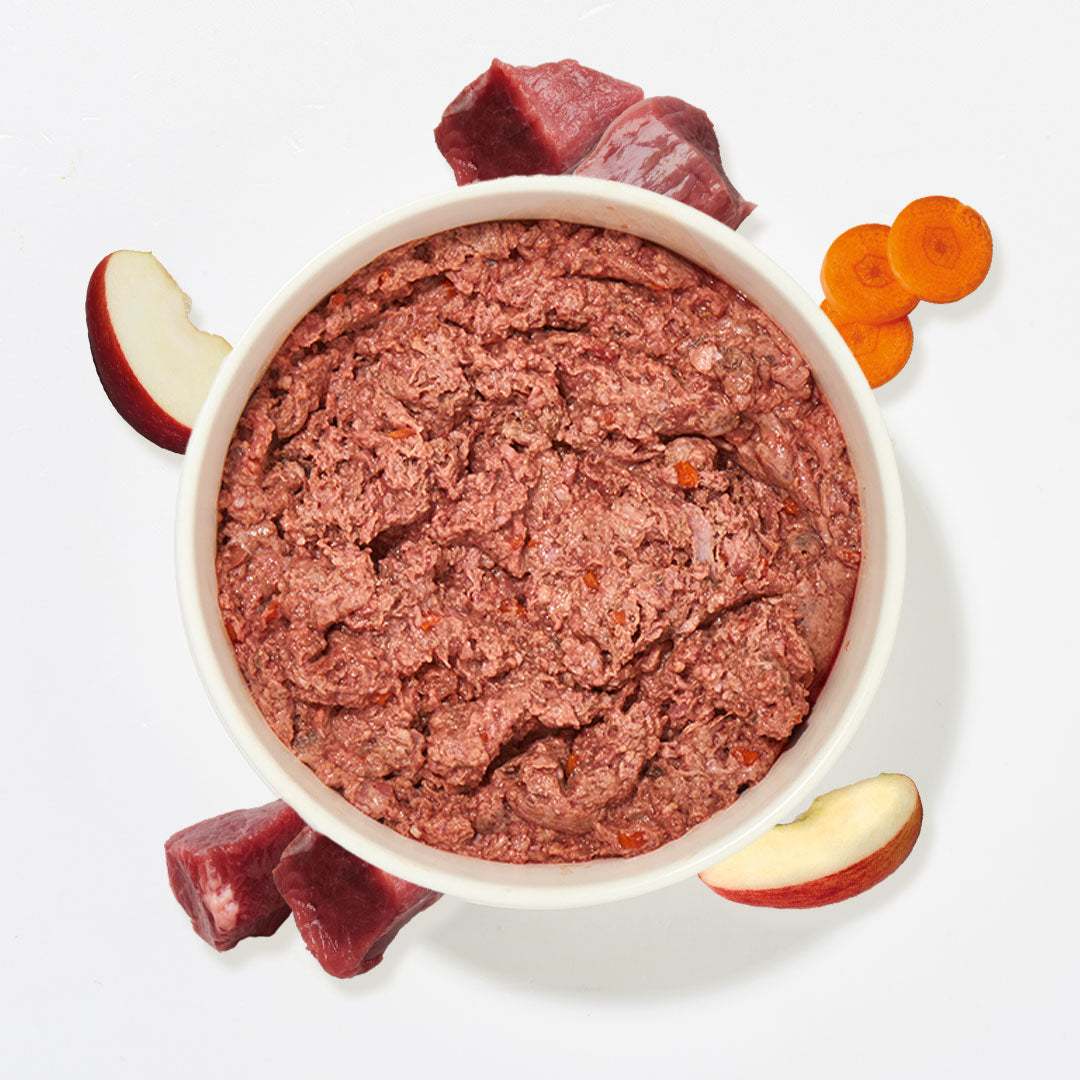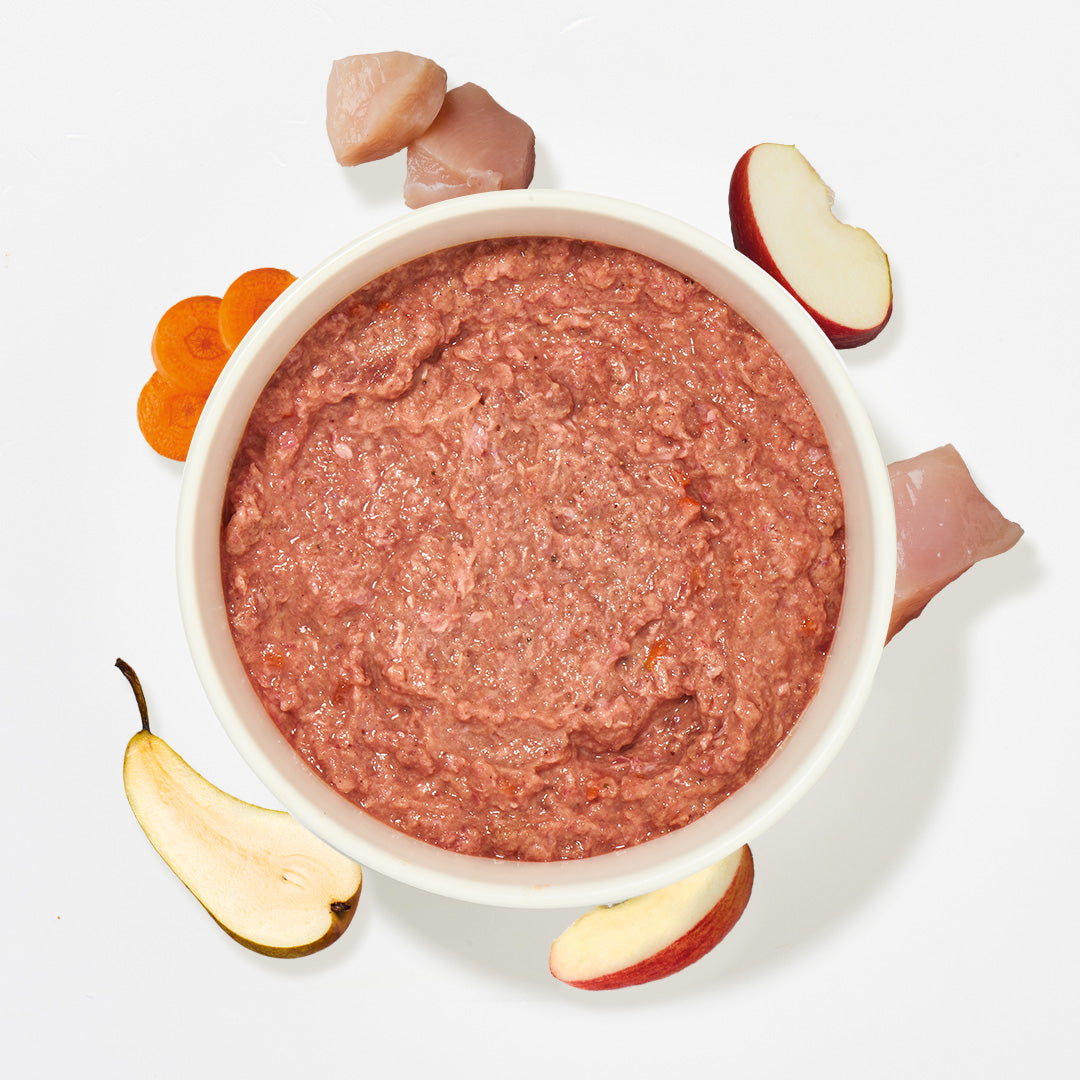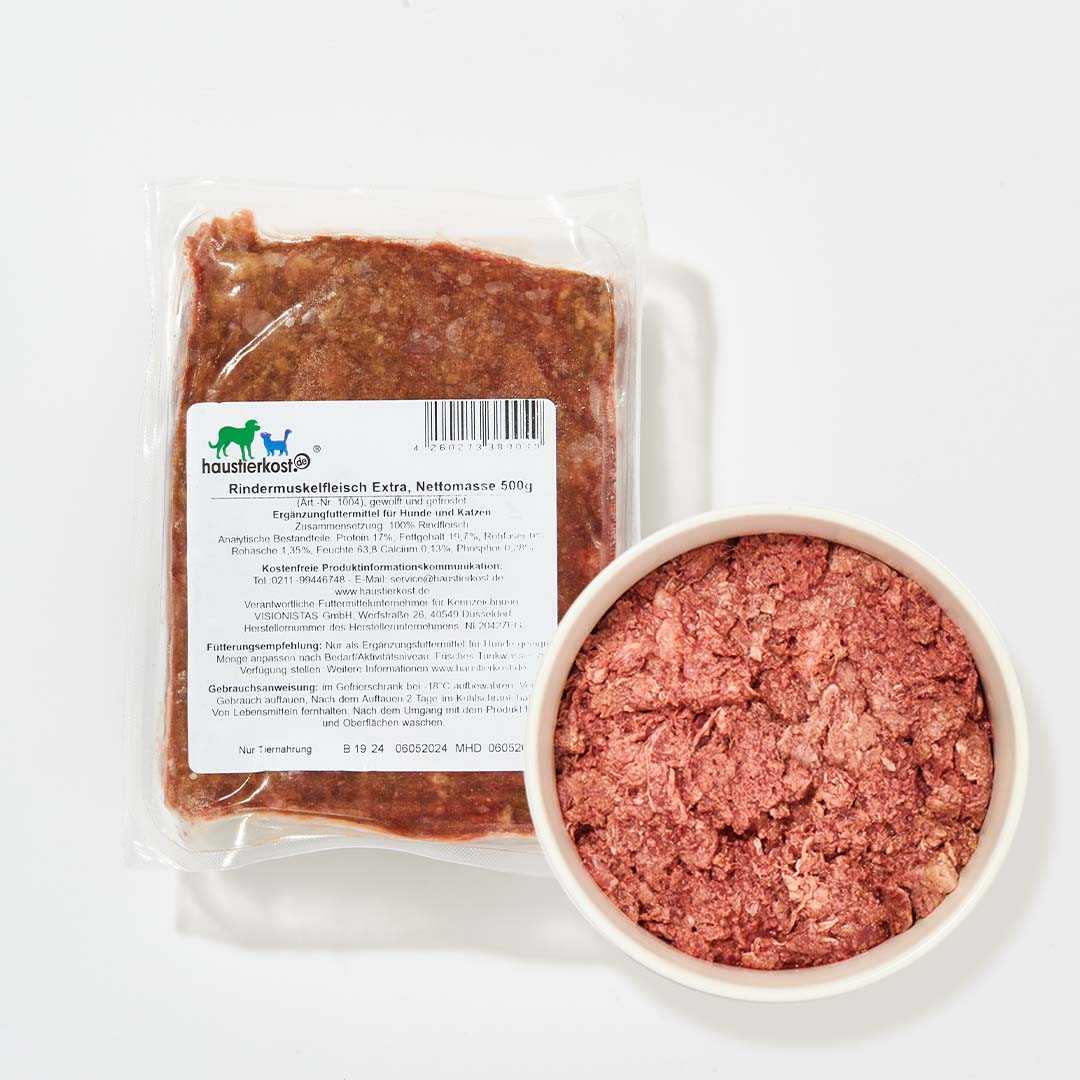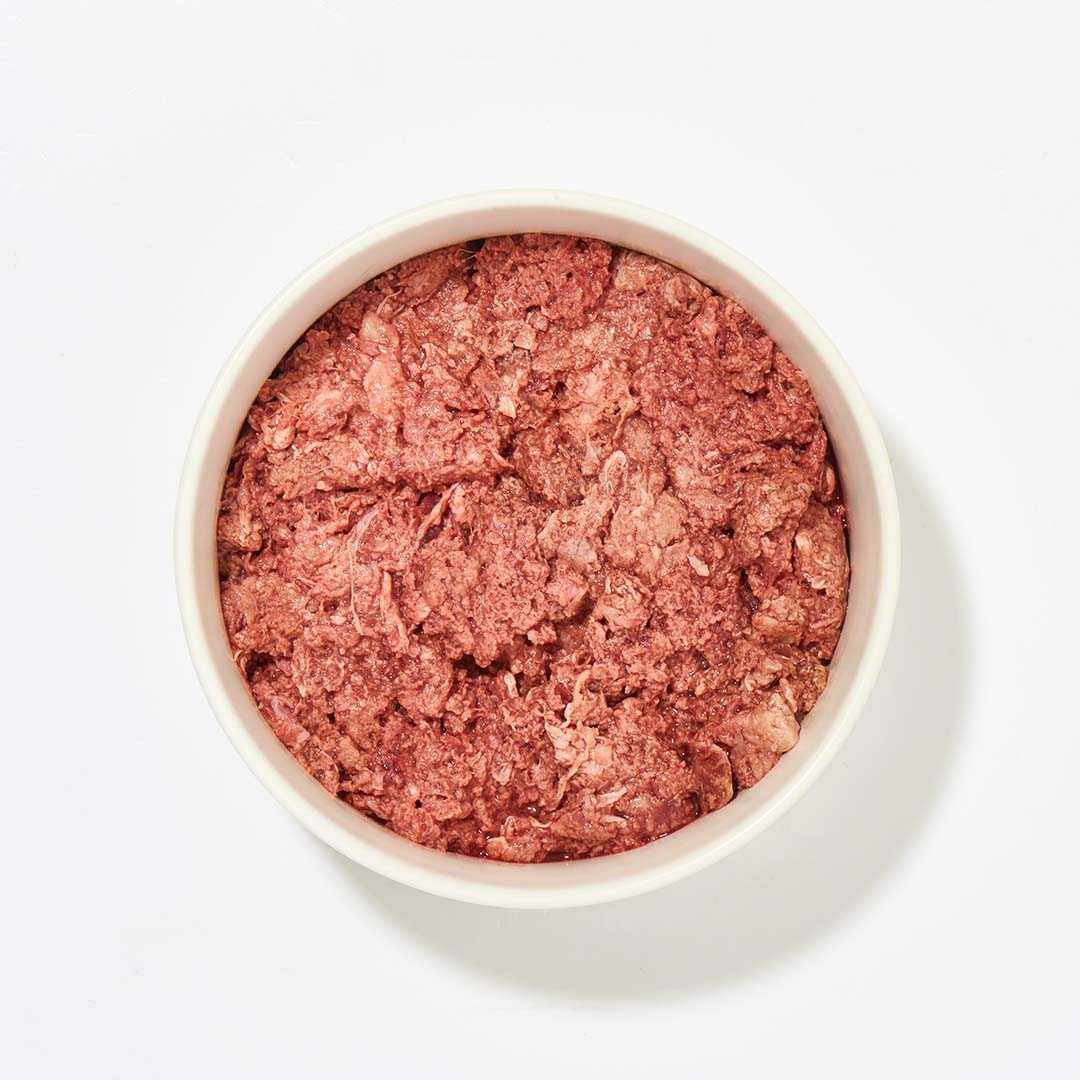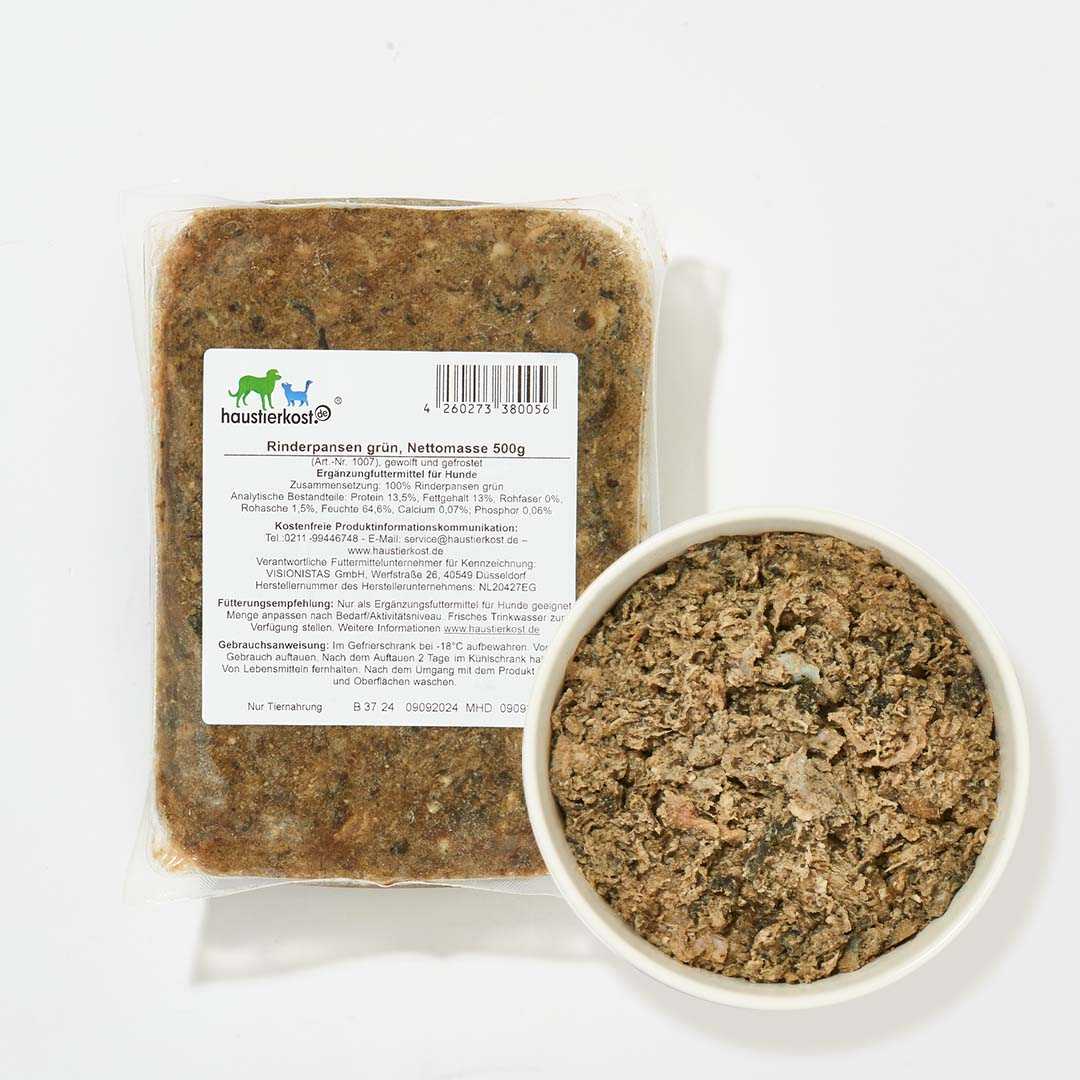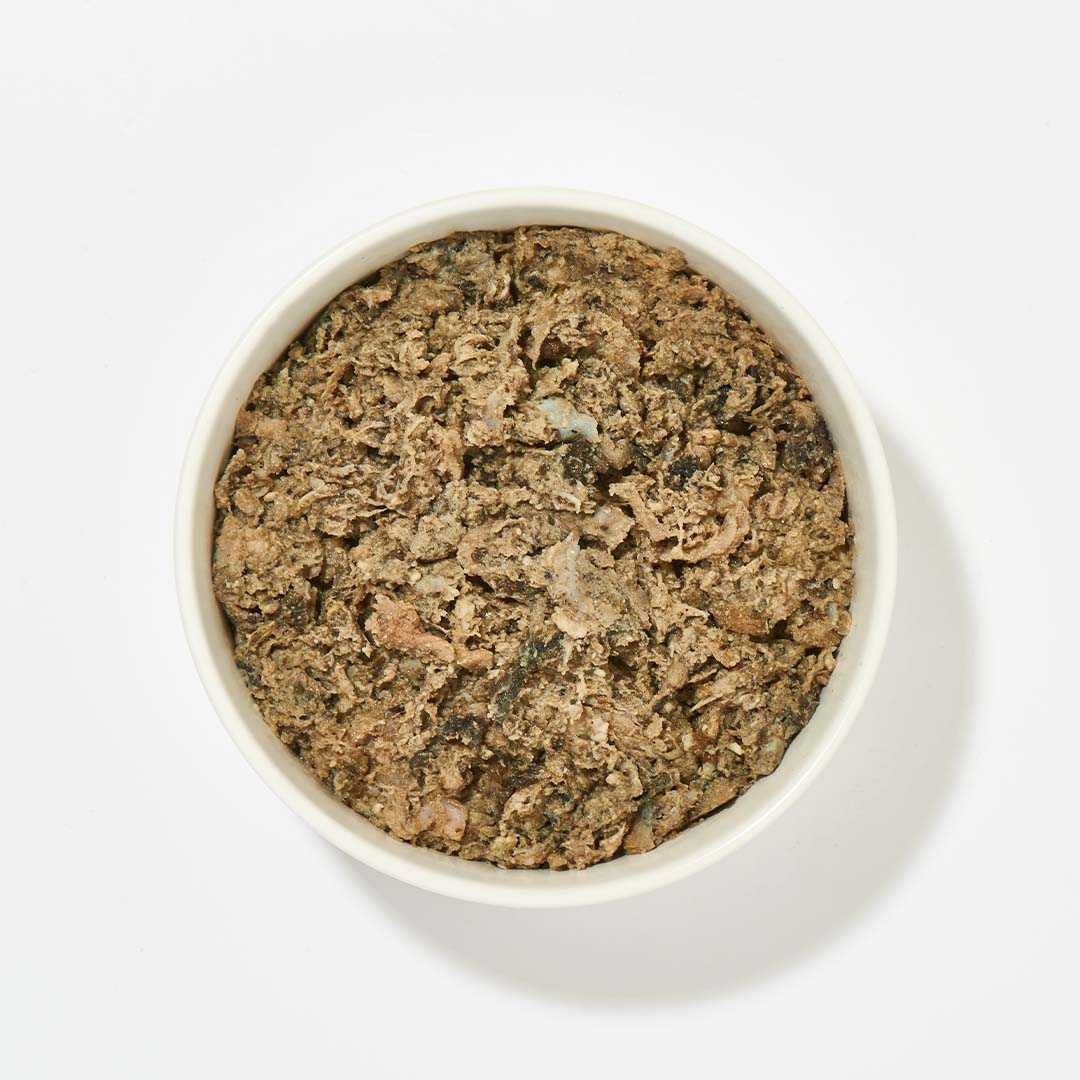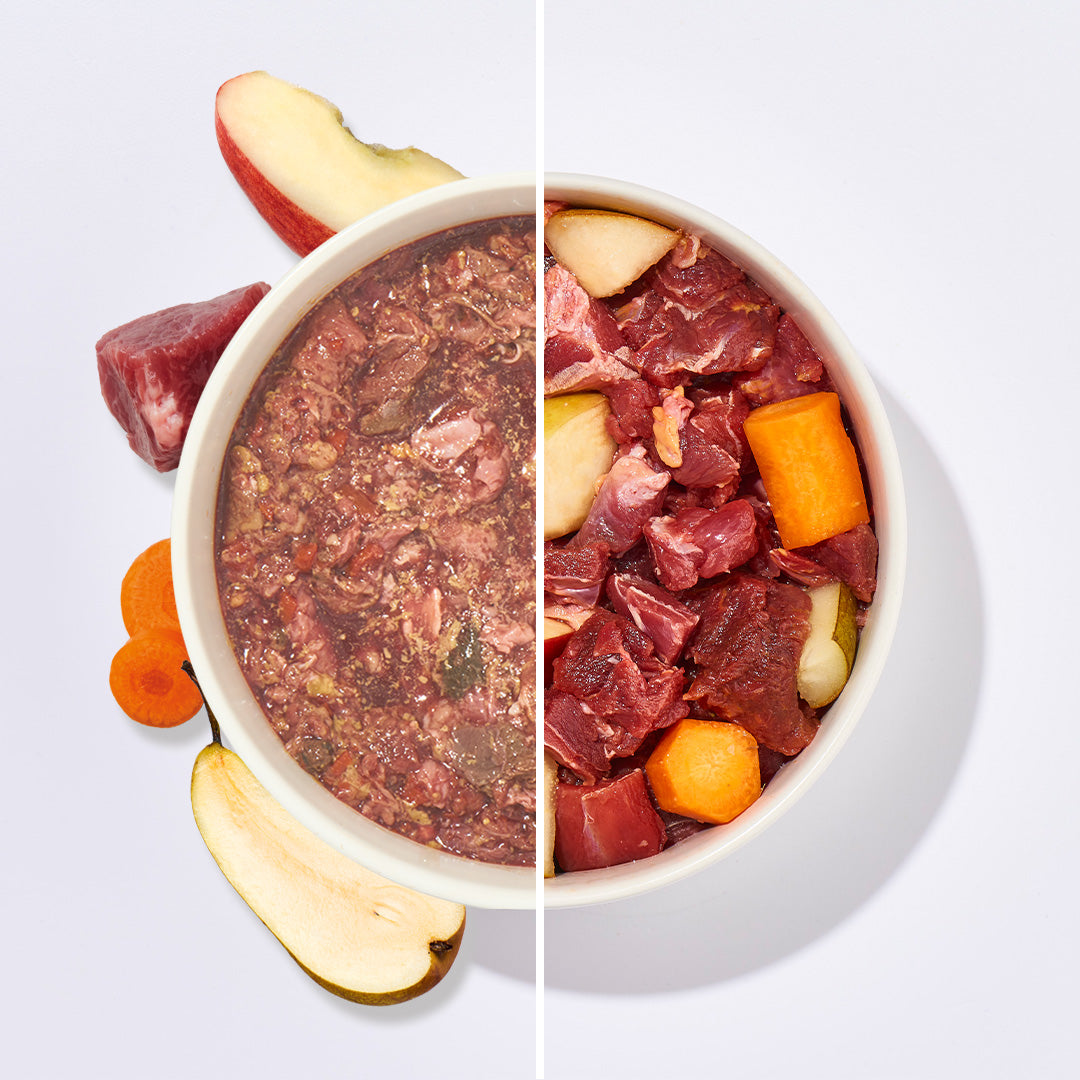Protecting the dog's paws is an important task for owners in the cold season. Just like us humans, our four-legged friends also need special care when it gets cold and uncomfortable outside. But it's not just rain, snow and cold that need to be protected in winter: road salt, grit and antifreeze lurk outside the front door - other potential dangers for sensitive paws. In our BARF guide, we have therefore put together a guide for protecting your dog's paws in winter.
Proper paw care protects the dog from injuries in winter
In winter, caring for your dog's paws is one of the most important steps to protect them from possible injuries during their daily walk. Our four-legged friends are exposed to extreme weather conditions, such as temperatures around freezing, and to road salt and sharp-edged grit. The latter can injure the pads, while the salt dries out the skin on the pads, which can cause cracks and both can penetrate deeper into the injured skin.
The result is clear: the paws hurt and the animal avoids walking or stepping on anything. In the worst case, a visit to the vet is even necessary. But with the right paw protection, winter won't be so bad for the dog. Special care for dogs protects the paws from cold, wetness, dirt and road salt. This can be coconut oil, deer tallow or wool wax, for example. This paw care ensures that dogs' paws are supple in winter. This reduces the risk of cracked pads and thus reduces the surface area exposed to road salt, grit and other small stones. If you are looking for a household product for paw protection in winter, you should avoid Vaseline and tea tree oil. Both contain ingredients that are harmful to dogs and that our four-legged friends can absorb by licking their paws.
Dog paws in the snow: Do they also need special care?
Did you know that your dog's paws need your support in winter? In addition to using the right products, proper paw care also includes trimming the fur between the pads. Long fur between the pads can cause problems when walking, because snow can easily stick to this part of the dog's paws and clump together. This can cause painful inflammation. To protect your dog's paws in winter, you should carefully trim the fur between the pads with rounded scissors. If you are unsure, get help from a dog groomer, then your dog can throw himself into the snow.
After the walk, you should check the spaces between your dog's paws and toes for small stones and other foreign objects. Even if you don't see anything like that on the paws, we recommend rinsing the paws with lukewarm water to gently remove any invisible salt residue. This also prevents the dog from ingesting road salt residue by licking the paws, which can cause gastrointestinal problems in your four-legged friend. Then it's best to dry the paws with a soft towel. For all-round paw protection, treat the paws with a cream for an extra portion of moisture.
Paw protection in winter: dog coat and other extras
A dog coat is not absolutely necessary for most animals, even in winter, as our four-legged friends naturally have a kind of clothing thanks to their fur. Of course, this does not apply to four-legged friends who have hairless patches as a result of age, illness or surgery. In this case, a dog coat is a sensible investment in winter. The same applies to very small breeds, whose bellies are very close to the cold ground due to short legs, as well as four-legged friends with thin fur. Ideally, the dog coat has reflectors so that your animal is clearly visible in the dark. Just like a dog coat, paw shoes are sometimes a good choice in winter, especially for very sensitive or already damaged paws.


